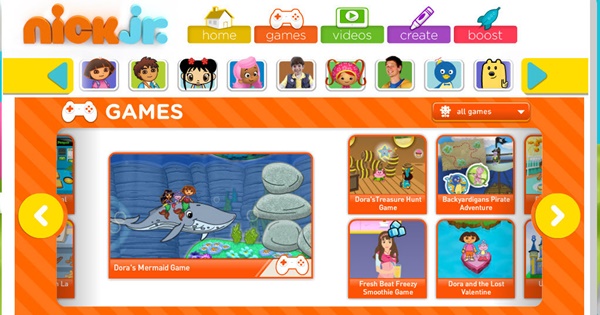

They can communicate well both verbally and non-verbally. Social learners are known as interpersonal learners. Logical learners are most often found in math-related professions, like accounting, bookkeeping, computer science, or research. To understand ideas, they prefer to group them into categories. They can recognize patterns easily and connect concepts. Logical learners have a mathematical brain. Some careers that are well-suited for kinesthetic learners include: EMTs, physical education, or working in the entertainment industry as singers or actors. Rather than watching a demo or listening to directions, physical learners like to perform the task. Kinesthetic or physical learners are hands-on. Verbal learners are likely to become writers or journalists or work in politics and administration roles.

Some techniques that verbal learners employ to soak up information could include role playing and using mnemonic devices. Linguistic learners enjoy reading and writing and enjoy word play. If you love words and writing, you’re likely a verbal learner. Some professions that bode well for auditory learners include: musicians, speech pathologists, sound engineers, and language teachers.

Those who lean towards aural learning are able to notice the nuances between pitch and tone. Such learners like to listen and hear information in order to process it optimally. This style is also known as aural or auditory-musical. It’s common for people who become architects, designers, engineers, and project managers to prefer this style of learning. Visual learners use images and symbols to connect concepts and be able to see relationships between ideas. If you like to doodle, draw, or create mind maps, it’s likely that you’re a visual learner. Visual learners prefer to see things drawn out or in graphs to understand concepts. However, this model can be further expanded into the following 7 different learning styles: 1. VARK stands for: visual, auditory, reading/writing preference, and kinesthetic. Theorist Neil Fleming coined VARK as a model for learning. Photo by Kelly Sikkema on Unsplash The 7 Learning Styles For this reason, some experts are less likely to categorize learning into styles and are more apt to present it as different options that students can choose what works best for them. In fact, many people actually tend to learn in similar ways, as in by seeing something in practice or listening to step-by-step instructions. One’s desired learning style is a factor of cognitive ability, emotions, and environmental factors. Learning styles are the way by which students prefer to learn. But if you were to ask, “what are the 7 different learning styles?” you will come to see that you may lean towards more than one style. More often than not, people identify themselves as either auditory or visual learners. To be able to maximize your learning abilities, it helps to understand what learning style is most efficient on an individual level. At every level of education, people have their preferences and methods which work best for them.


 0 kommentar(er)
0 kommentar(er)
